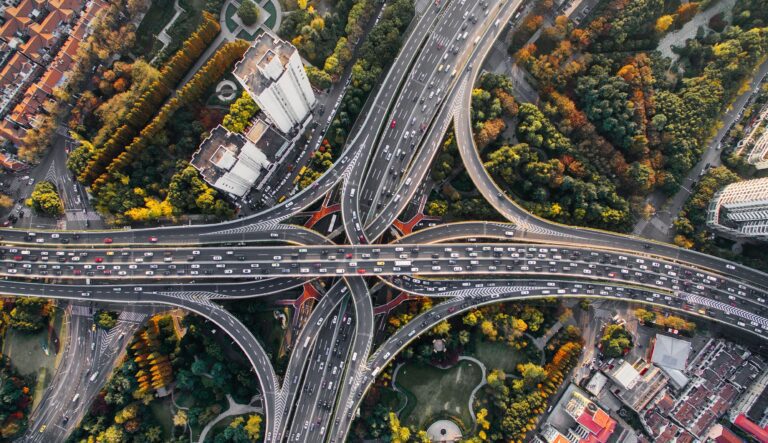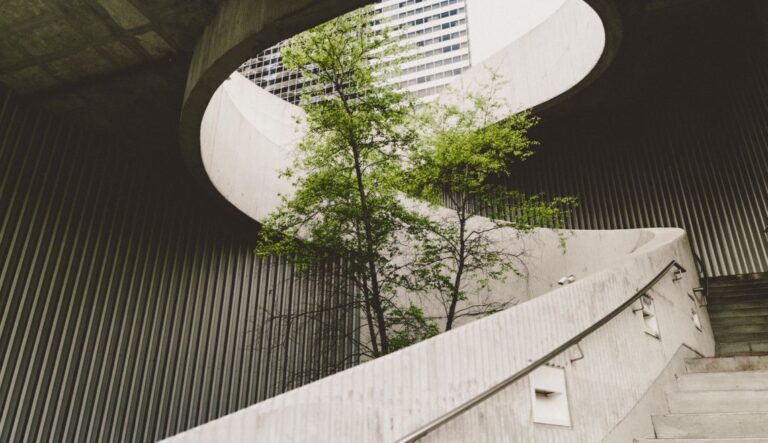
A response to the current needs of local communities and an attempt to comply with legal requirements
In the largest Polish cities, as in the rest of the world, mono-functional housing estates, office areas and commercial destinations on the outskirts of the cities are all well-established features. Furthermore, suburbs have grown in a chaotic way leaving them lacking in necessary services, as well as technical and transport infrastructure. As a result, few large centres have managed to create fully-fledged urban structures that are now spatially, functionally and socially sustainable.
Another consequence visible in Polish cities is the constantly growing level of motorisation, with most local governments having so far pursued car-promoting transport policies, favouring road investments over those aimed at walking, cycling or public transport use. As a result, the number of cars in Polish cities continues to grow, in the largest centres fluctuating between 680 and 850 cars per 1,000 inhabitants. In contrast, in European capitals the ratio is as little as half the Polish figure and is falling.
Changes in the approach of local authorities
As social awareness grows, the expectations of inhabitants change and local governments evolve their priorities in the face of the growing number of challenges. In Polish cities, we can observe more and more actions compatible with the ideas of sustainable development and new urbanism. The innovative approach of local governments is becoming visible in their newly created urban development strategies. Although it is not yet a widespread phenomenon, local spatial development plans more and more often demand a combination of functions in new projects, abandoning monoculture and attempting to limit the overspill of residential development into distant city outskirts. A case in point is the Warsaw Neighbourhoods project that has been under construction in the capital since 2018.
Changes are also afoot in the way urban greenery, streets, bicycle paths and public transport stops are designed. Examples of organisational elements of Polish cities complying with new urban planning concepts – elements which are being implemented with increasing regularity – include: the revitalisation of post-industrial areas, pocket parks, traffic-calmed zones with speed limits below 30 km/h, woonerf construction, shared bus and tram stop construction, and the extension of cycling infrastructure.
In Poland, there are still too few comprehensive actions or strategies following the patterns of change observed in Europe, but the plans of local governments for the next few years are set to herald a growth and spread in these trends. The biggest urban plans implemented according to the principles of the sustainable urbanism are the New Centre of Łodź and the New Centre of Warsaw.
Poland is also an accredited member of the Healthy Cities Networks in the European Region (the WHO’s Healthy Cities global urban health movement), with three cities (Warsaw, Poznań and Łódź) being involved in the Healthy Cities programme. According to the Healthy City principles, a healthy city should provide a clean, safe, high-quality physical environment, and an ecosystem that is sustainable in the long term.
The new centre of Warsaw
The project is a series of ongoing changes in the Warsaw city centre that are scheduled for next few years to make the city centre more citizens-friendly. The key goal is to create comfortable and green public spaces, more accessible to pedestrians and cyclists. As part of the project, Jana Pawła II Avenue has been partly rebuilt and the square at the junction of Chmielna, Krucza, Bracka, Szpitalna and Zgoda streets is being redeveloped, which will be a space mainly for pedestrians. Another example is the changing vicinity of the Palace of Culture and Science, where the Museum of Modern Art is under construction and an attractive, green public space is planned.
New centre of Łódź
The concept of developing the centre of Łódź envisages combining the functions of offices, housing, services, culture, entertainment and transport, to create an attractive public space in accordance with the idea of inward development of the city.
The revitalisation activities cover an area of almost 100 ha. The underground Łódź Fabryczna station – a multimodal transport hub connecting railways, long-distance buses and local public transport – is already operational. Office buildings have also been completed, and a new town hall and a residential area are at the planning stages. The project includes the ongoing reconstruction of the road system in the vicinity of the station.
As part of the revitalization of the area’s buildings, the EC1 power plant building was restored and repurposed – it currently houses the Science and Technology Centre, a planetarium, the Comics and Interactive Narration Centre, and various institutions for artists.
More information you can find the “A city in good shape. Trends that are changing cities” report.


